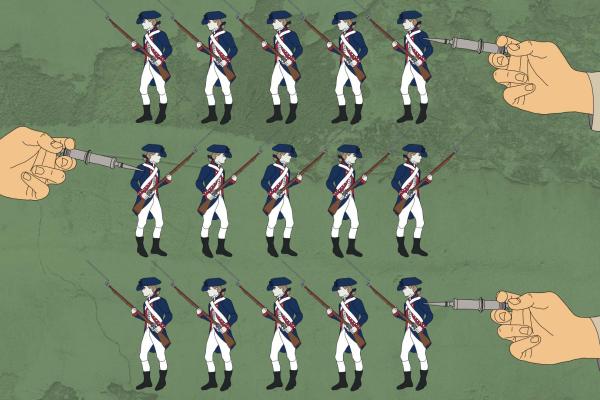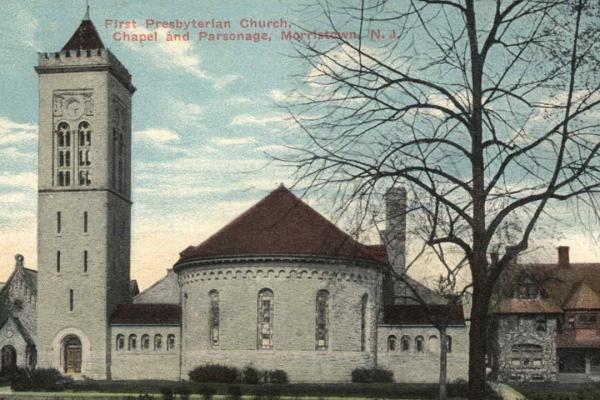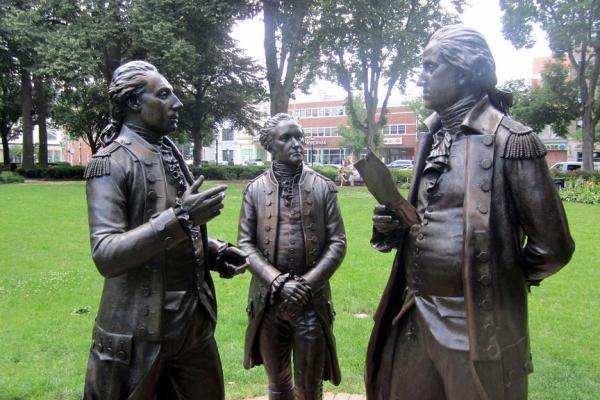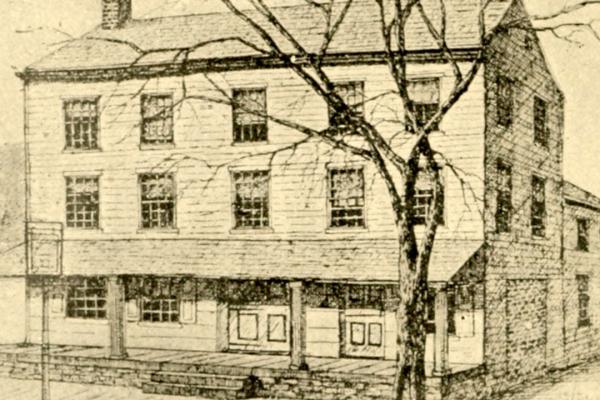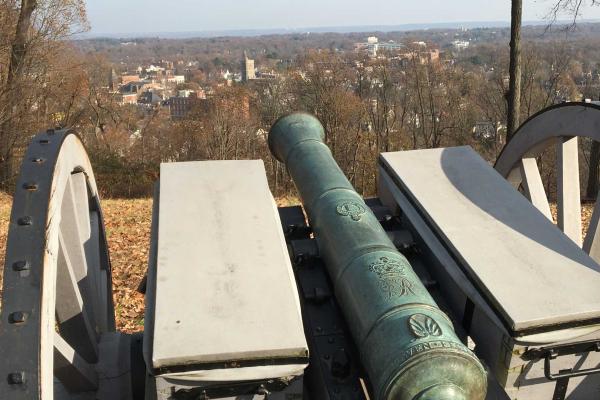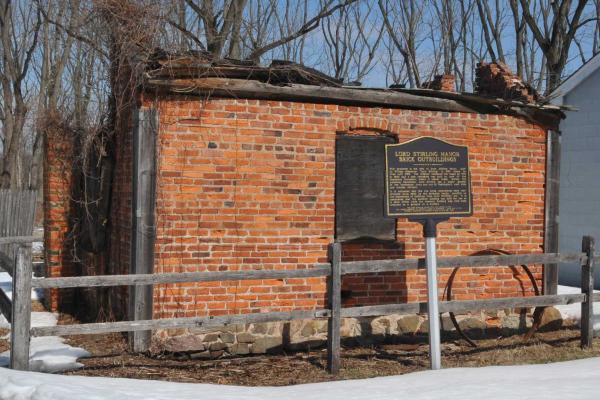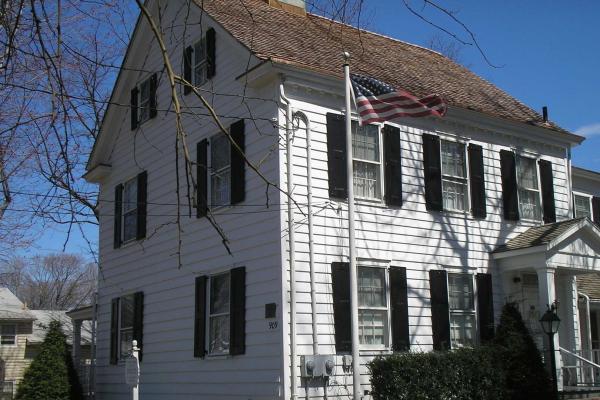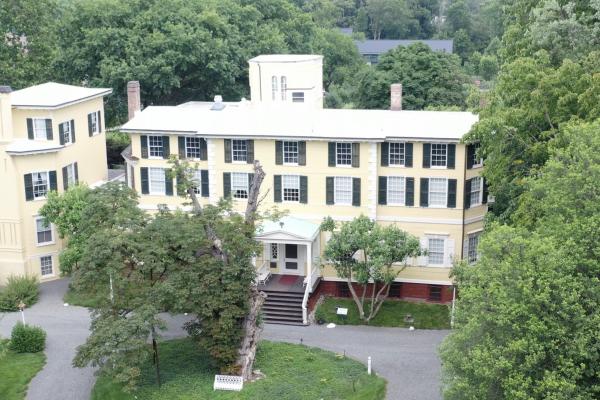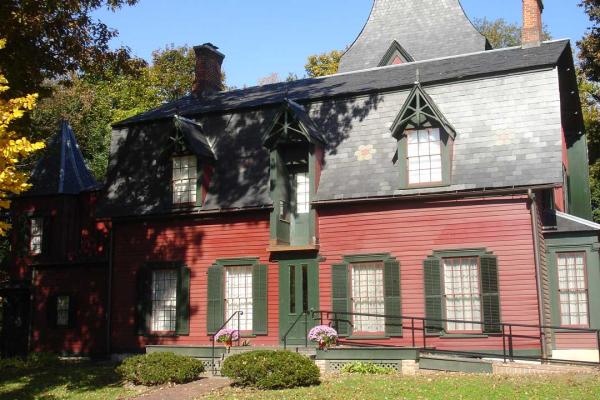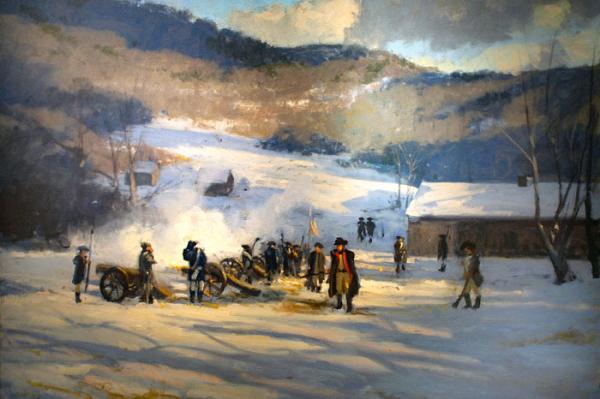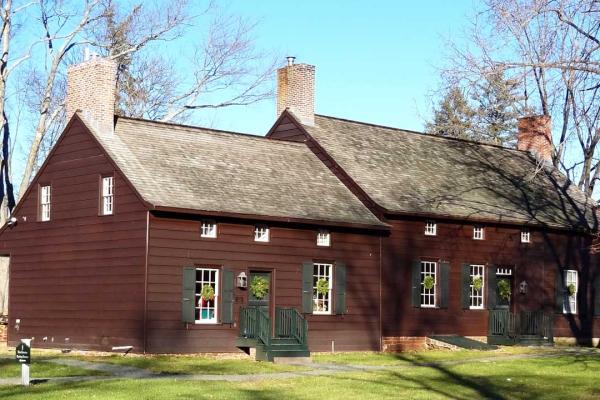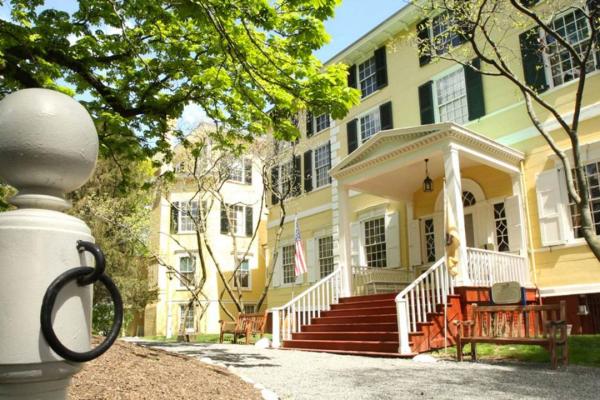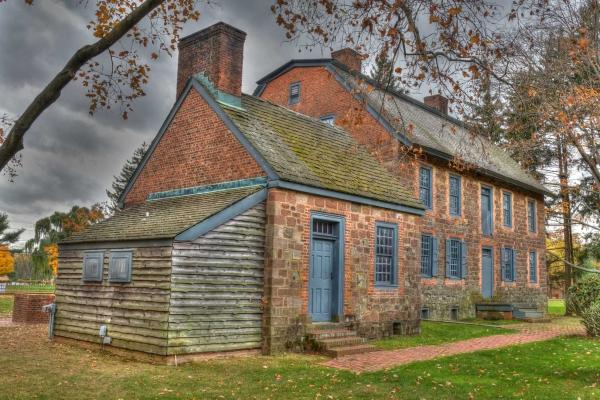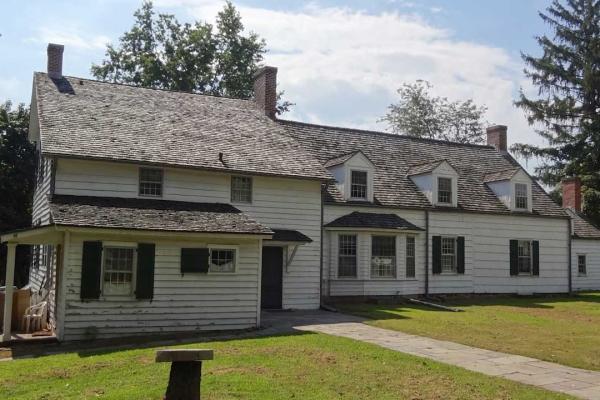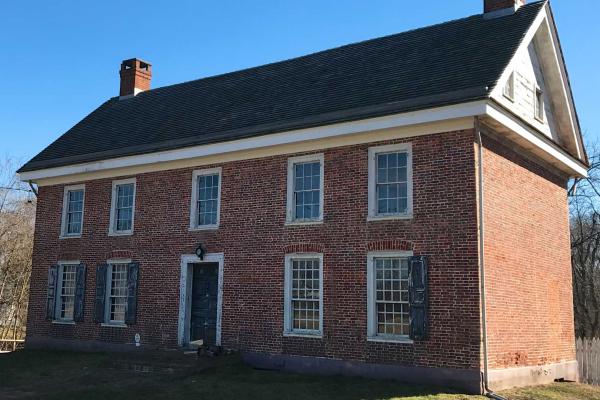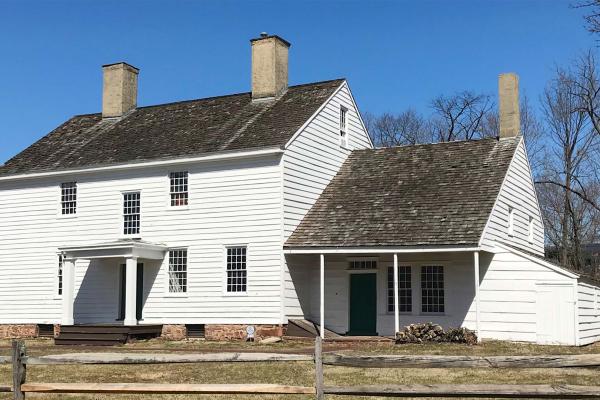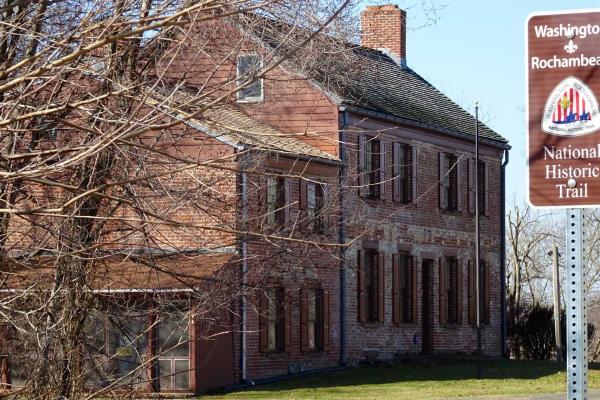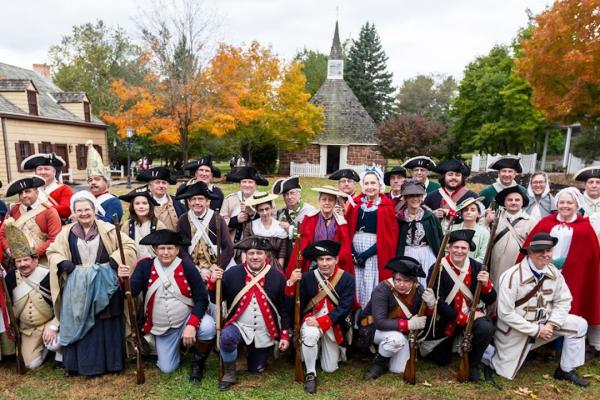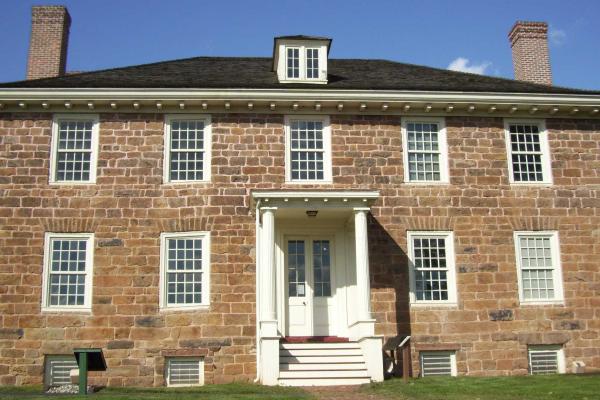The Ford Mansion, a Georgian-style home built in 1774 by Colonel Jacob Ford Jr., a prominent iron manufacturer and militia leader, stands as a testament to the resilience and strategic importance of Morristown during the American Revolution. Following Colonel Ford's untimely death in 1777, his widow, Theodosia Ford, opened their home to General George Washington during the harsh winter of 1779-1780. Washington, along with his wife Martha, five aides-de-camp, eighteen servants, and numerous visiting dignitaries and guards, utilized the mansion as his military headquarters, while Mrs. Ford and her four children occupied two rooms.
Today, the Ford Mansion is preserved as part of the Morristown National Historical Park. Visitors can explore the mansion through guided tours offered by the National Park Service, gaining insight into the daily lives of both the Ford family and Washington's military staff during a pivotal moment in American history. The mansion's well-preserved rooms and authentic artifacts provide a tangible connection to the past, offering a unique perspective on the challenges faced during the Revolutionary War

